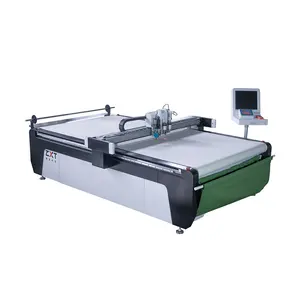
ZXT Apparel Textile Machinery Digital Apparel Cutting System Fabric Pattern CNC Oscillating Knife Cutting Machine

Laser Cutter Cutting Machine SENFENG Large Working Area 6015G Fiber Laser Cutter Cutting Machine 1500w 2000w 3000w 4000w 6000w




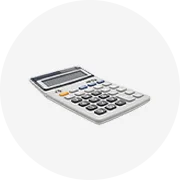
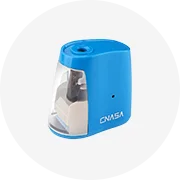
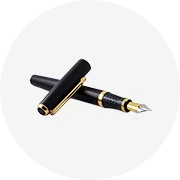


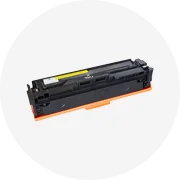




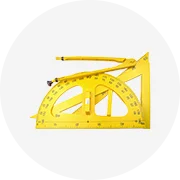





Laboratory cutting machines are essential tools in the production of paper products such as toilet paper, napkins, and other disposable items. These machines are tailored for use in various settings, from small-scale operations to large industrial plants. With a focus on the cutting machine for lab, this introduction delves into the intricacies and applications of these machines in the paper processing industry.
The versatility of laboratory cutting equipment extends across multiple industries. From hospitality to large-scale manufacturing, these machines fulfill a critical role in the production line. Users can select from a range of models, from compact units suitable for smaller operations to robust machines designed for high-volume production. The application of these machines is not limited to paper cutting; they are also adept at creating paper cups, serviettes, and other paper products.
A lab cutting machine is engineered with several functional units to streamline the production process. These units typically include embossing, slitting, folding, and counting mechanisms. Embossing can be performed with various patterns, utilizing steel-to-steel or steel-to-rubber configurations. The integration of photoelectric technology in these machines ensures operational efficiency by monitoring machine activities and signaling alerts for paper shortages or malfunctions.
When considering a paper cutting machine for lab, it is important to note the specifications that align with your production needs. Smaller machines may weigh approximately 1,000 kilograms and operate on 3 kilowatts or more, with a production capacity of 70 to 80 pieces per minute. Larger counterparts can handle about 3 tons of production per day, with advanced models featuring pneumatic systems and PLC control panels for full automation.
Modern cutting machines for laboratory use boast a plethora of advantages. They are typically equipped with automatic oil lubrication systems and may operate using gear or chain driving systems for enhanced reliability. The automation of these machines significantly reduces the need for manual intervention, thereby increasing productivity and consistency in output quality.
The construction of a cutting machine for lab is a testament to the durability and longevity of the equipment. High-grade materials are employed in the manufacturing process to ensure that the machines can withstand the rigors of continuous operation. The choice of materials also influences the precision and quality of the cut, which is paramount in maintaining the standards expected in paper product manufacturing.